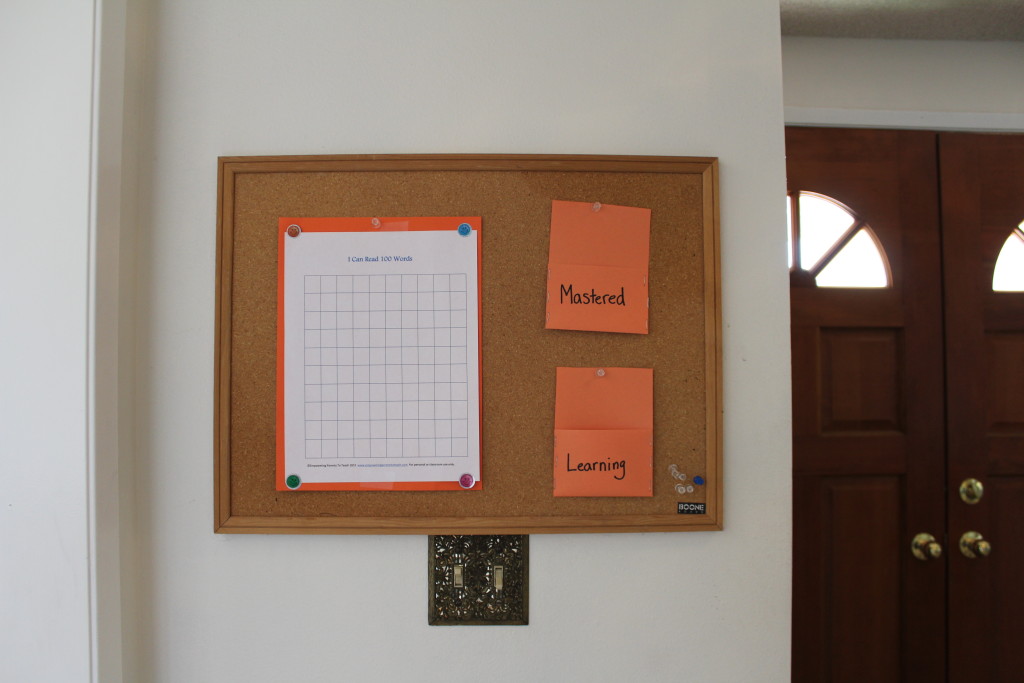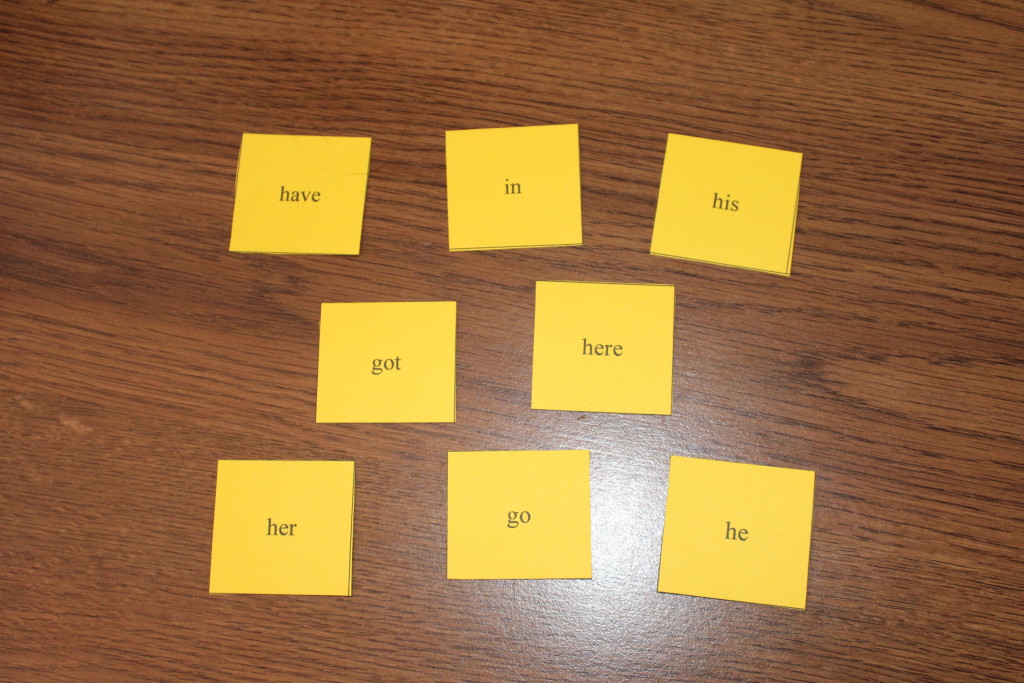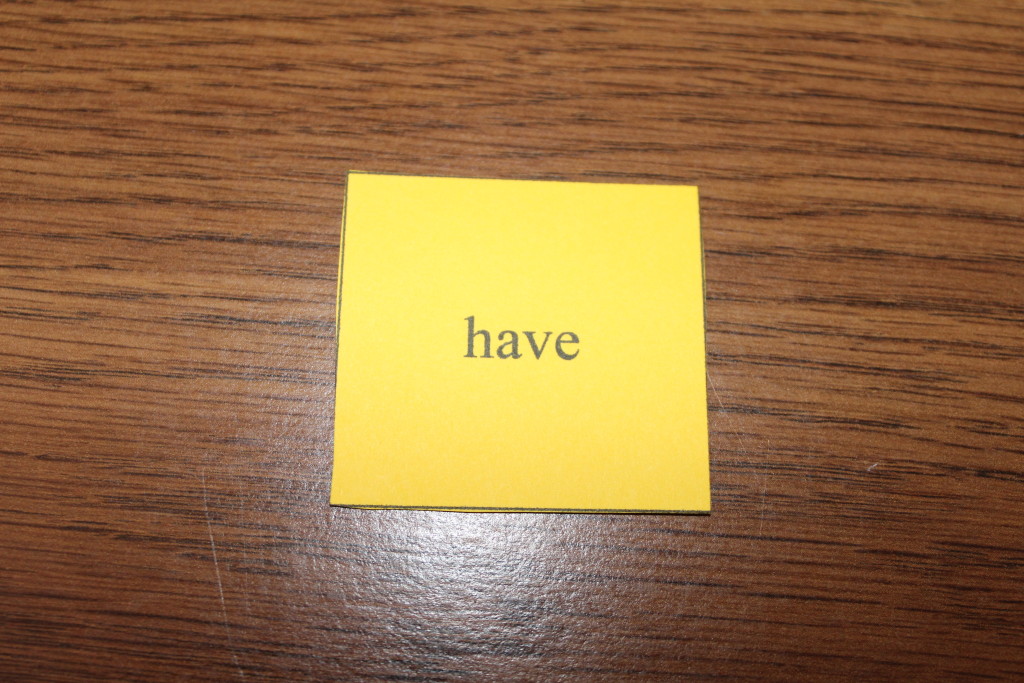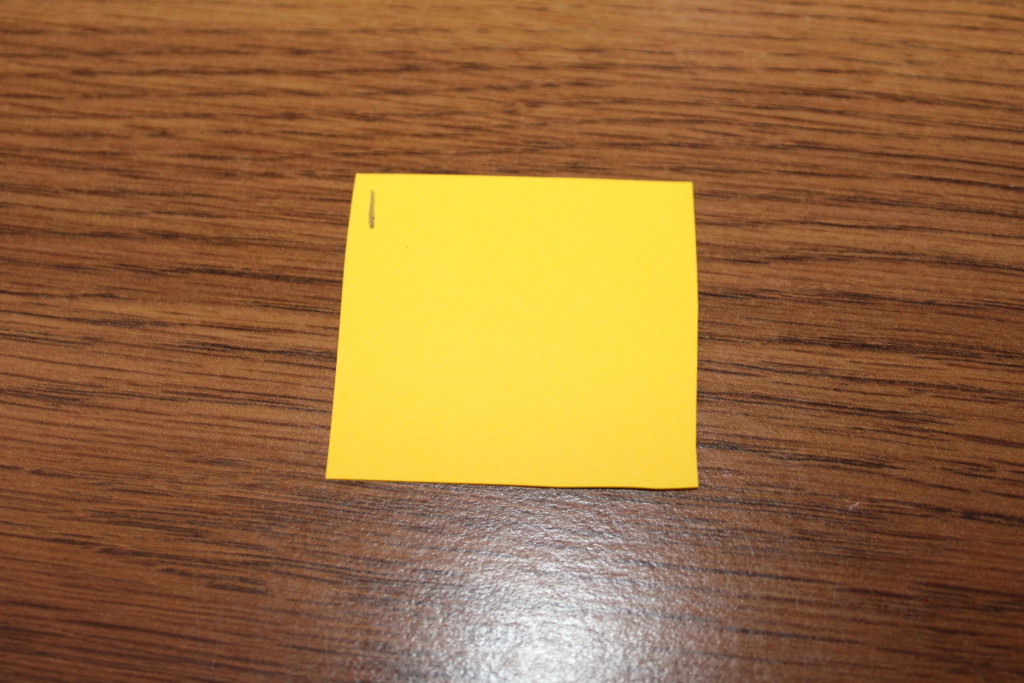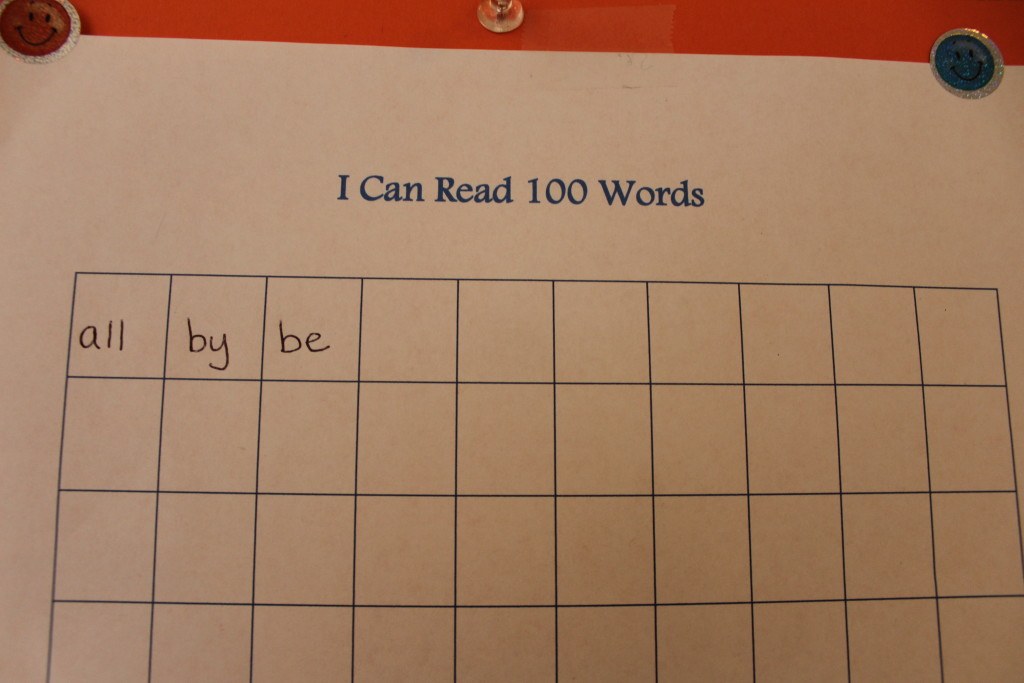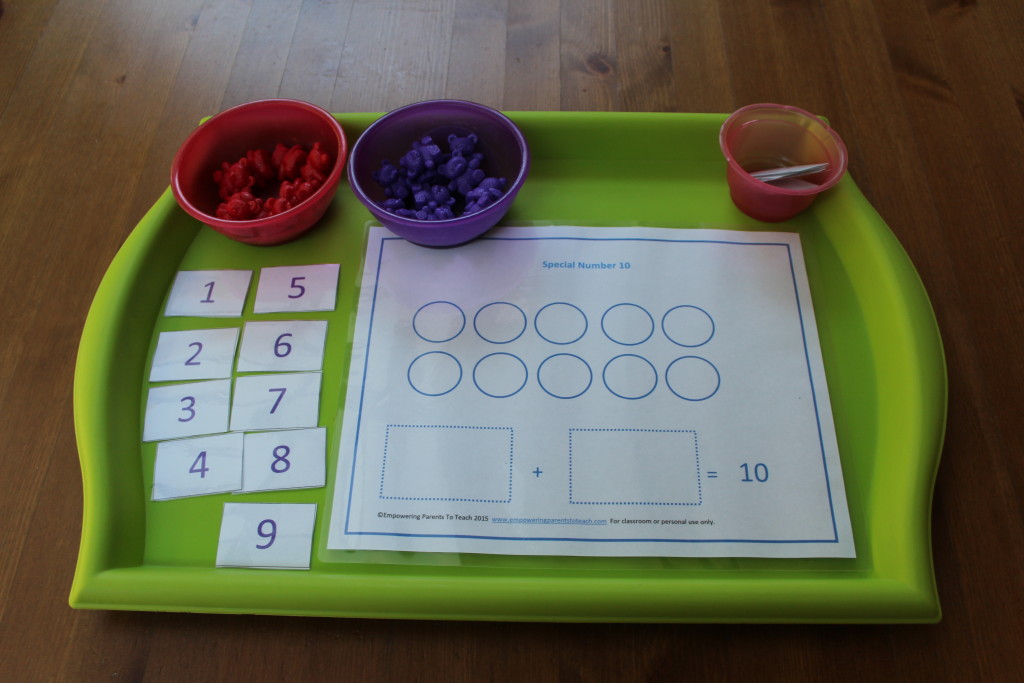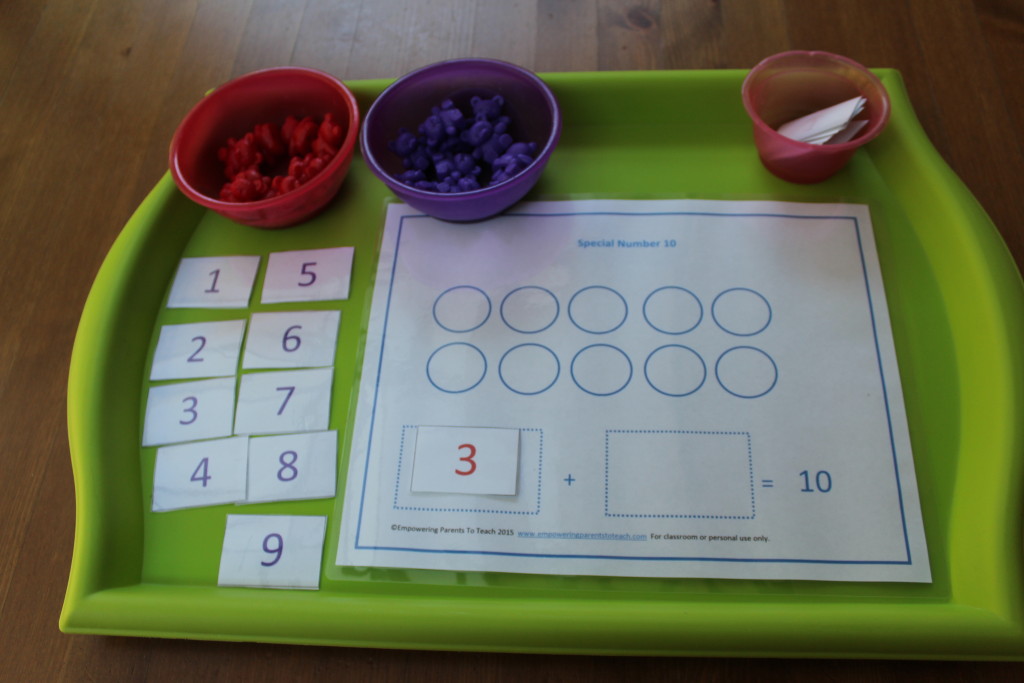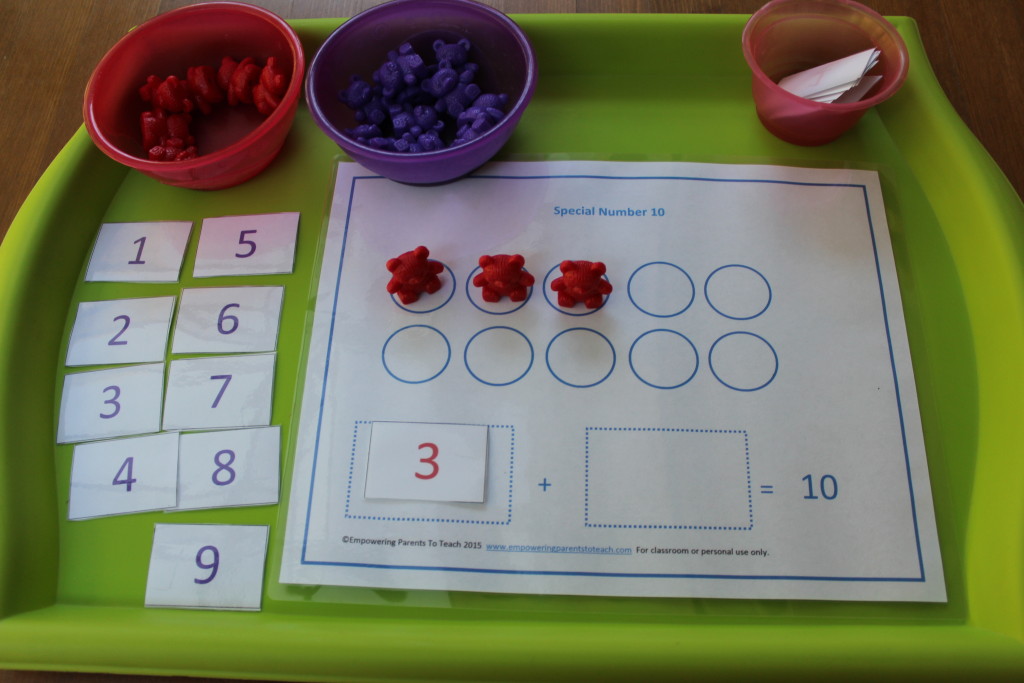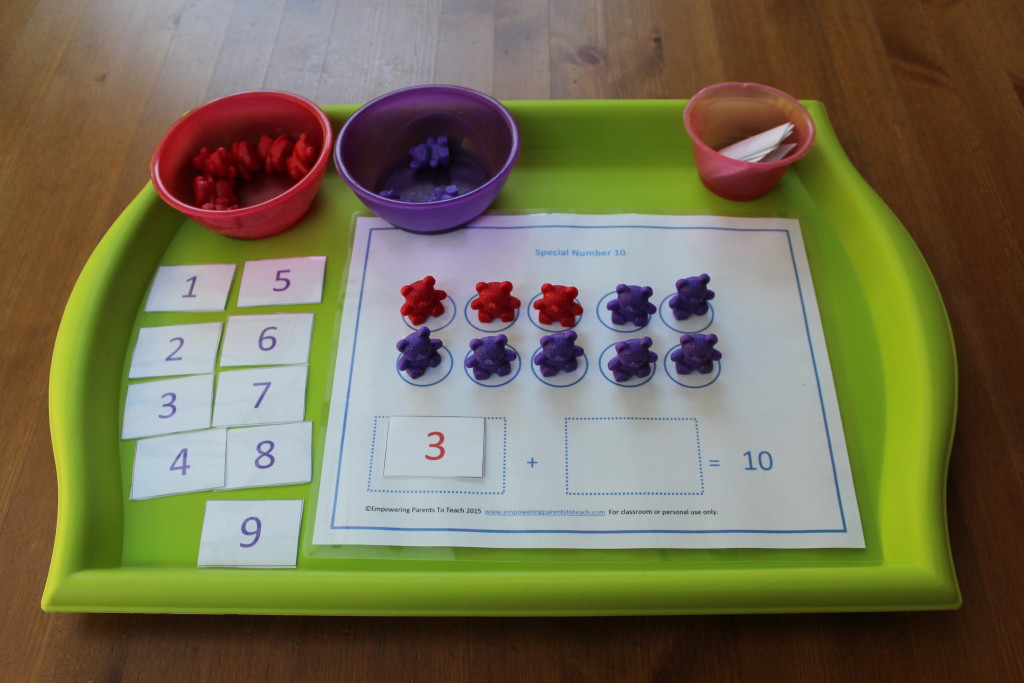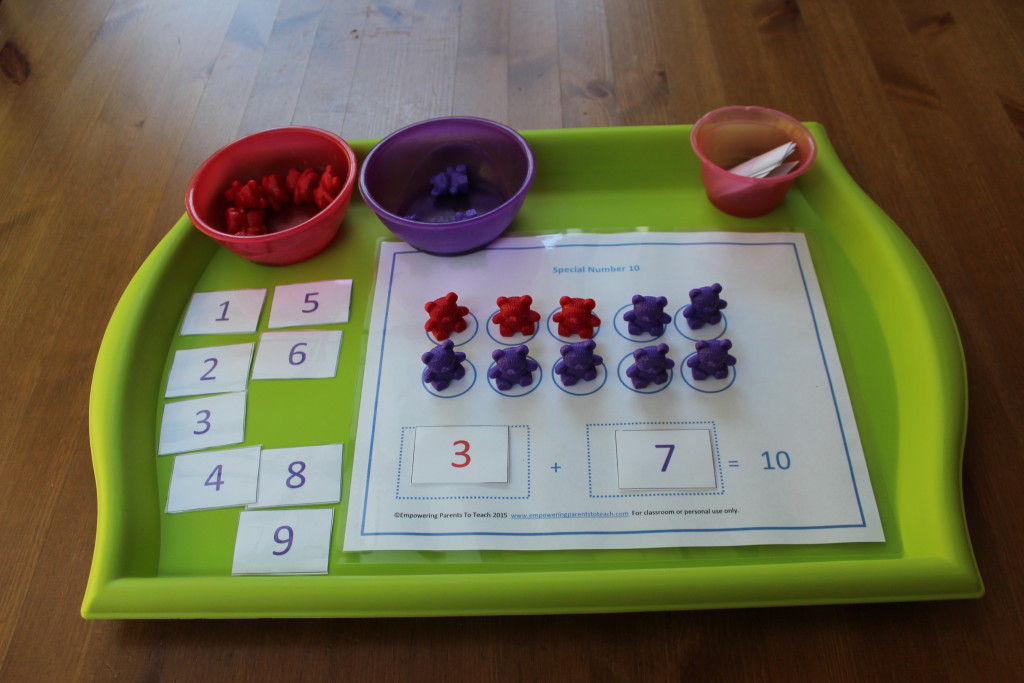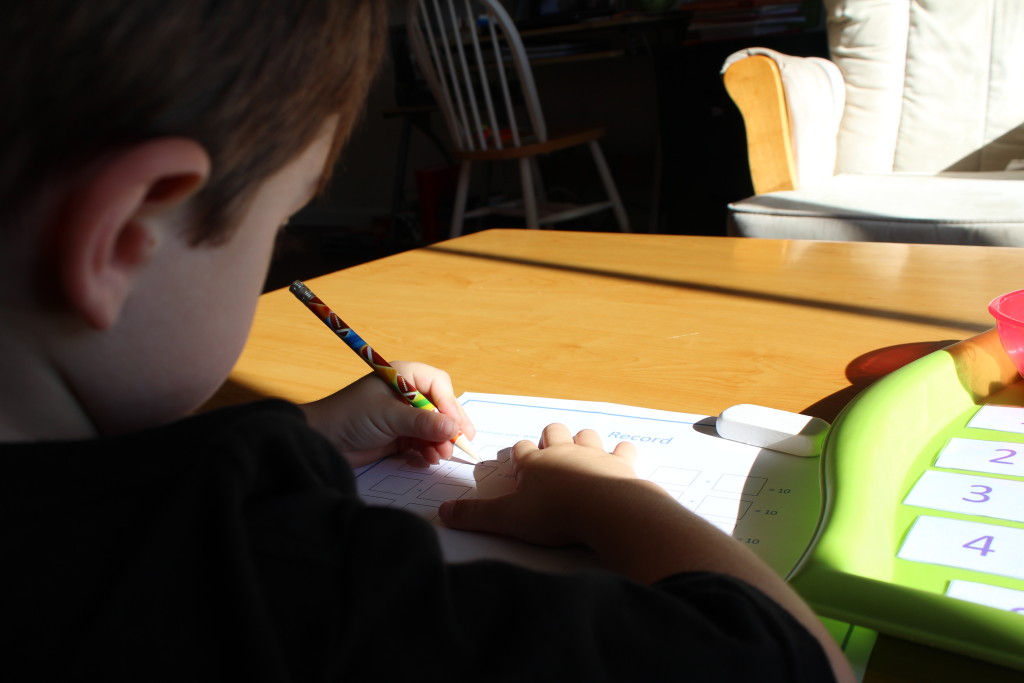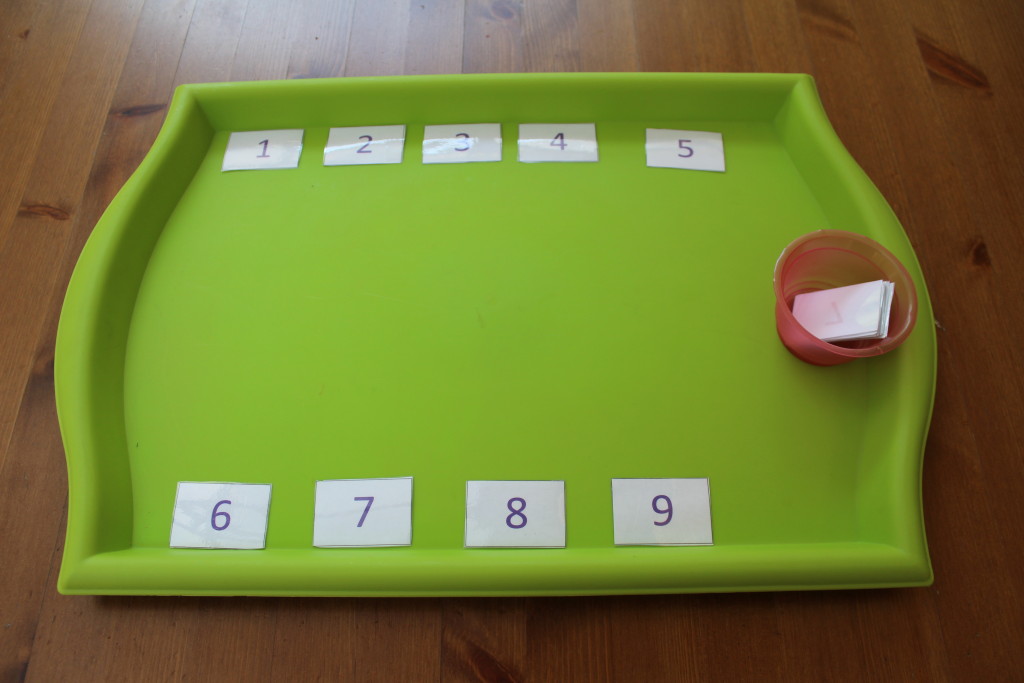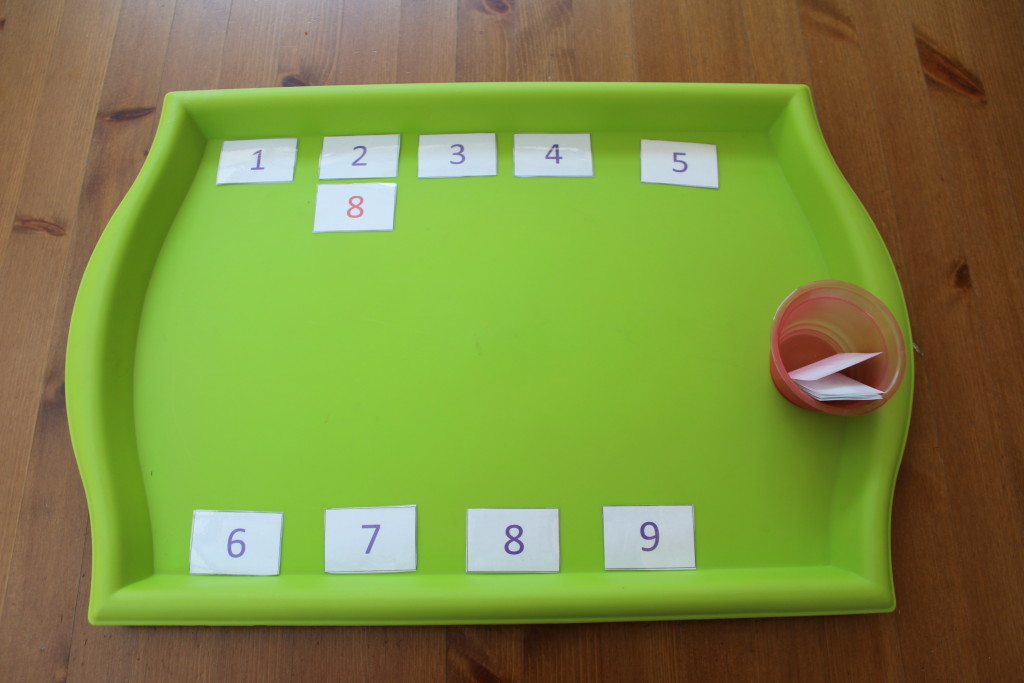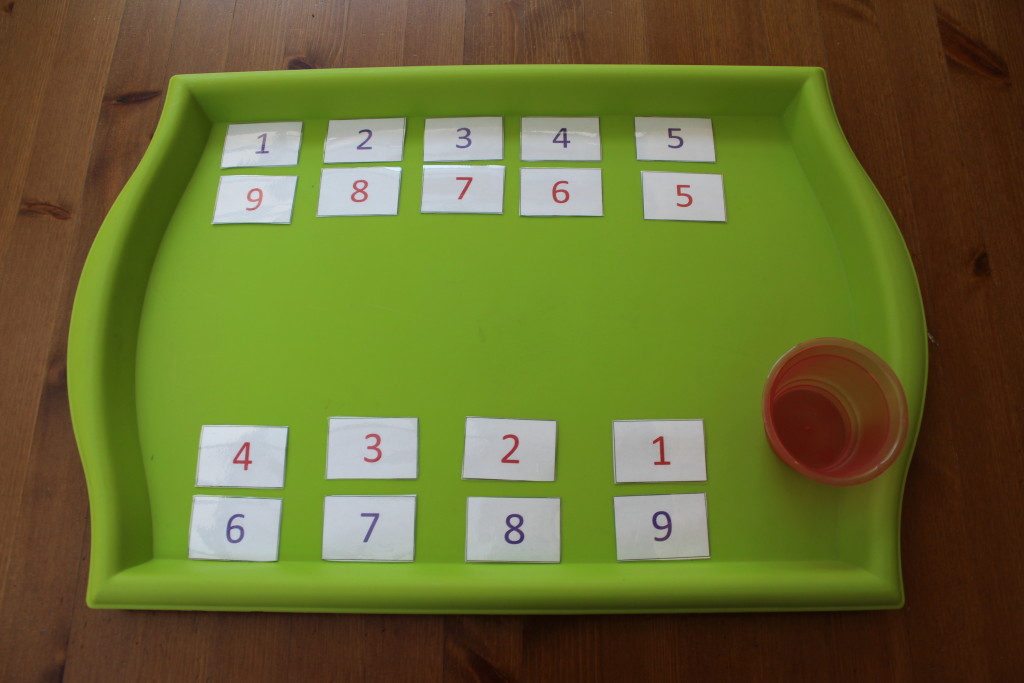I recently came across this article from the Guardian stating that there are 100 crucial words for kids to know when they are learning to read. Learning to read requires a knowledge of phonics not just sight word recognition, but this article focused on the optimal number of words that kids should learn to read by sight. The author includes a list of these 100 words, although I only counted 99 words! I included one more word in this activity to make it an even 100.
Whether you agree with the research or not, many of the words listed here also appear on lists that teachers already employ when teaching reading to students. Common lists used in classrooms include the Fry’s list or Dolch list. So the list in the article can be helpful as it aligns with these already accepted lists. If a child can read these 100 words, there are many easy reader books that a child can read. Once children begin reading books, they open the doorway to learning even more words. In all, I believe learning these 100 words are beneficial for beginning readers. With that in mind, I created a chart to track the words they have learned and word cards to help with daily practice.
Important note: This activity is for kids who are beginning to recognize words and are learning to read in a comprehensive reading program. It is not meant to be the primary way that your child learns how to read. It is meant to bolster your child’s sight word recognition. Suggested ages for this activity is kindergarten or above. Of course, some kids may be able to do this at a younger age, but it’s not intended for kids under five unless your child is showing signs of being an early reader. You know your child best!
Materials:
- 100 Word Chart (feel free to decorate it)
- Word cards- print on cardstock if available
- Click here to print I Can Read 100 Words chart and word cards
- Construction paper if you want to create pockets to store the word cards
- Pencil or pen for tally marks
Activity:
This activity is very straight forward. It’s just good old fashion practice. Show your child the chart. Let your child know that if s/he can read 100 words than s/he can become a stronger reader. Every day your child will practice reading these words until he or she meets the goal of reading 100 words easily by sight. Not only are you helping your child with reading, you are showing your child how to set goals and work to achieve them. Here are the steps:
1. Depending on your child’s age or ability choose a reasonable amount of words to practice every day. My five year old and I practice about twenty a day. I chose this amount because he already knows most of the words on the list, therefore practice goes quickly. If your child does not know a lot of the words, choose a smaller amount so your child is not overwhelmed.
2. If you choose 10 words to start, show your child one word at a time. Have your child read the word out loud. If s/he gets it right, make a tally mark on the back of the card. If it was incorrect, do not. This is for you to keep track of how many times your child identifies the word.
3. Take the cards that your child got wrong and tell your child what the word is. Have your child repeat the word a couple of times while looking at it. When I work with my son I call these the “learning words”. I get excited and say, “Yay, we have a word we can practice!” For additional practice, I share some suggestions of how to reinforce these words at the end of this article.
4. The next day you can test the same words or a mixture of previously used words and new ones (until all words are seen). This will depend on your child. If s/he got a lot right, you may want to add a couple of new ones. Once again, add a tally mark to the back of the card if your child got the word right.
5. Once your child has identified a word five separate times (as noted by the tally marks) write the word on the 100 chart. You’ll need to write small! It’s important that your child can recognize the words multiple times so that you know s/he knows that word and isn’t just guessing. This is another reason why changing the order of word presentation is important. And, you don’t have to show the same words every time. The more your word order or word presentation becomes the same, the less your child has to work to identify the word. You can even throw words that your child already mastered in the mix. You don’t want to make things too predictable. The whole point of this exercise is to make sure that your child can identify these words in a book within varied contexts, not just on a word card.
6. Keep the process going every day of showing your child ten words (or the quantity you decided) until s/he has mastered them all. This may take some time. Acting as a teacher or coach, you can remind your child that they can accomplish this, it just takes time and effort. As a parent you know your child best, if this activity is really too hard for him or her then it may be best to wait and try again later. Some children love this kind of activity and some don’t, this isn’t for every child. Follow your instinct on if this is a reasonable goal for your child.
7. You do not need to incentivize this activity. Meaning, you do not have to offer a reward when your child learns all 100 words. Part of this activity is learning the value of reaching a goal. Hopefully, your child will feel intrinsically rewarded by his or her achievement. If you do feel the need to reward your child’s work, I strongly suggest making a natural reward such as letting your child choose a book at a book store. His or her “reward” is the ability to read that book! Your child is learning that reading can be rewarding in itself ![]()
Ways to practice sight words:
1. Read easy books.
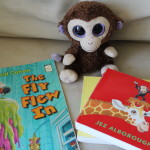 See our list of really easy to read books (click here). Read them to your child or have your child read them to you. Draw attention to any of the sight words your child is learning.
See our list of really easy to read books (click here). Read them to your child or have your child read them to you. Draw attention to any of the sight words your child is learning.
2. Color or decorate the word.
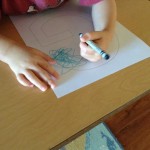 Make your own printables (click here to see how). For example, is your child practicing the word, “away”? Create a printable with the word, “away”. Your child can color it in, put stickers on it, use do a dot paint, or any artsy thing s/he can imagine.
Make your own printables (click here to see how). For example, is your child practicing the word, “away”? Create a printable with the word, “away”. Your child can color it in, put stickers on it, use do a dot paint, or any artsy thing s/he can imagine.
3. Play sight word hide and seek.
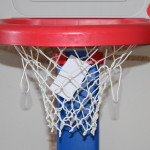 Play this easy game (click here) using the words included in this post.
Play this easy game (click here) using the words included in this post.
4. Make sentences.
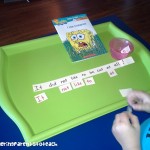 Find sentences containing words that your child needs to practice and try this activity (click here to see the full activity).
Find sentences containing words that your child needs to practice and try this activity (click here to see the full activity).
5. Display the words
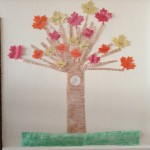 So that your child can see the words on a daily basis, make a word display. This can be simple or you get creative. Our sight word tree is one example of a word display (click here to see). Think of fun ways for your child to interact with the word display. For example, since we used a tree I can make leaves fall from the tree and have my child collect the leaves and state the words on the leaves as he does it.
So that your child can see the words on a daily basis, make a word display. This can be simple or you get creative. Our sight word tree is one example of a word display (click here to see). Think of fun ways for your child to interact with the word display. For example, since we used a tree I can make leaves fall from the tree and have my child collect the leaves and state the words on the leaves as he does it.
6. Sight Word Memory
Print two copies of the words and make a sight word memory game using the words that your child is working on!
7. Meet the Sight Words books
My son liked reading these books. They helped build his confidence and sight word recognition. If you click on the picture, you can purchase them on Amazon. This is an affiliate link, which means I make a very small percentage of the sale at no extra cost to you! Thank you for your support ![]()


